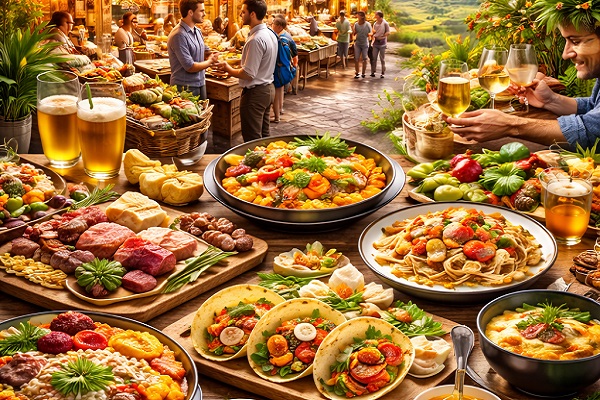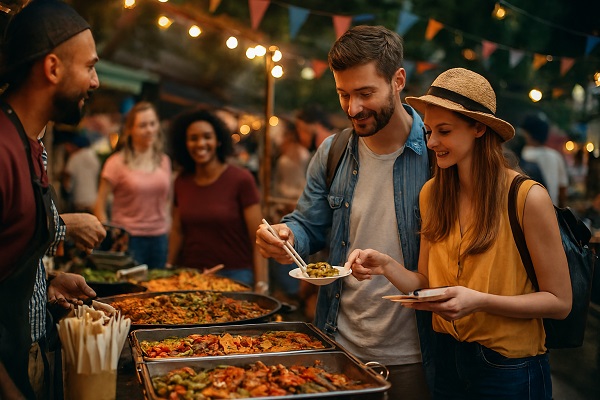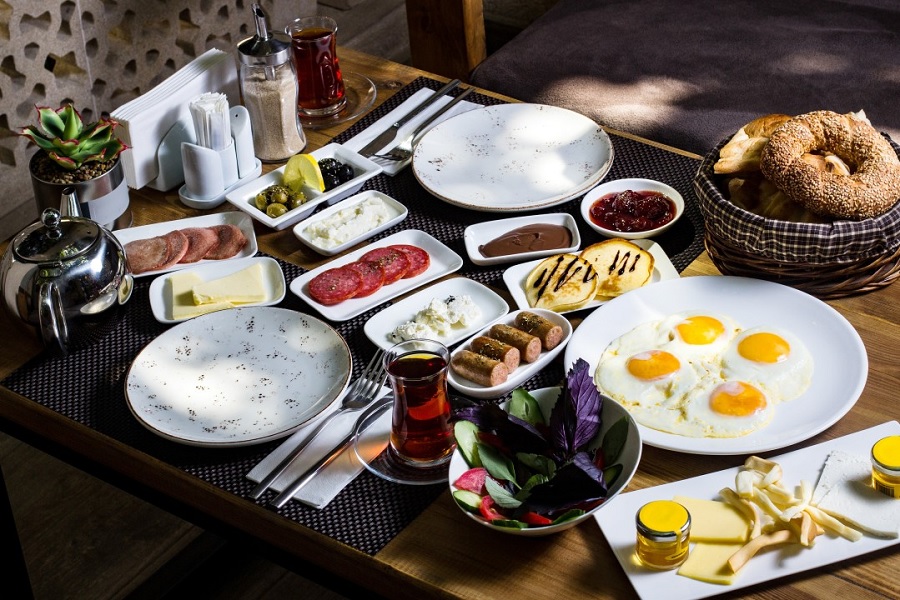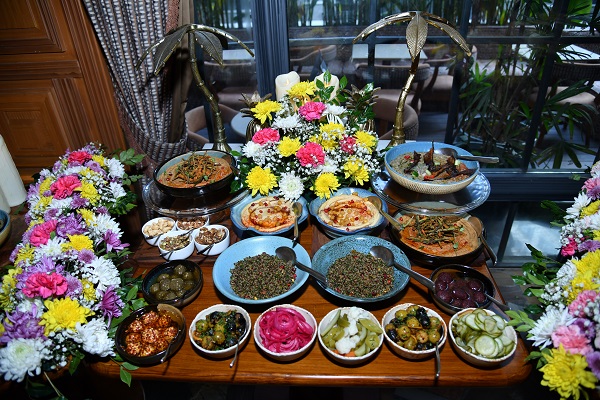Savoring Tradition: Culinary Heritage Routes in Europe and Asia
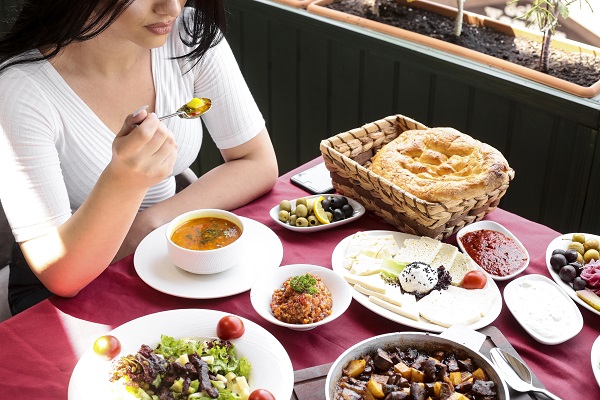
Food is more than just nourishment — it’s a story of culture, tradition, and shared identity. For travelers, exploring culinary heritage routes across Europe and Asia is a journey through time and taste. From age-old recipes passed down through generations to vibrant local markets and cooking traditions, these routes celebrate the artistry and soul of regional cuisine.
Europe: A Feast of History and Flavor
Europe’s culinary heritage is as diverse as its landscapes — from the vineyards of France to the trattorias of Italy. Each region takes pride in its local produce, flavors, and cooking methods that have shaped global gastronomy.
Top Culinary Routes in Europe:
Italy’s Tuscany Wine Trail: Explore rolling vineyards, olive groves, and rustic farmhouses serving homemade pasta and Chianti wine.
France’s Champagne and Burgundy Regions: Discover the roots of fine winemaking and savor local cheeses and pâtisserie delights.
Spain’s Tapas and Paella Trails: Experience Andalusia’s tapas bars or savor Valencia’s iconic paella by the Mediterranean coast.
Greece’s Island Cuisine: Relish the simplicity of fresh seafood, olive oil, and herbs in Santorini and Crete.
European culinary routes offer travelers a multisensory experience — a perfect blend of flavor, heritage, and hospitality.
Asia: A Symphony of Spices and Stories
Asia’s food culture is deeply rooted in history, spirituality, and community. Culinary routes here are vibrant, aromatic, and rich with centuries-old traditions that have influenced global cuisine.
Top Culinary Routes in Asia:
India’s Spice Route (Kerala): Follow the path of ancient traders through lush spice plantations, tasting curries, dosas, and fragrant biryanis.
Thailand’s Street Food Trail (Bangkok to Chiang Mai): Savor pad thai, mango sticky rice, and fiery curries amid bustling night markets.
Japan’s Washoku Trail (Kyoto and Osaka): Explore the heritage of sushi, ramen, and kaiseki dining — where every dish is a work of art.
Vietnam’s Culinary Coast: Enjoy fresh herbs, rice paper rolls, and pho while learning about Vietnam’s fusion of French and Asian influences.
Each route in Asia tells a story — of harmony, balance, and respect for ingredients and nature.
A Shared Culinary Legacy
Though separated by continents, Europe and Asia share a common philosophy — food as an expression of love and culture. Culinary heritage routes invite travelers to engage with local chefs, farmers, and families, learning the stories behind every flavor.
Whether it’s kneading dough in a Tuscan farmhouse or grinding spices in a Kerala kitchen, these experiences transform travel into a meaningful connection with the world’s culinary soul.
Conclusion: Taste the Journey
Exploring culinary heritage routes is not just about tasting delicious food — it’s about understanding the roots of tradition, the craftsmanship of cooking, and the communities that keep these flavors alive. Each bite is a passage through history, each aroma a reminder of the world’s shared table.

















